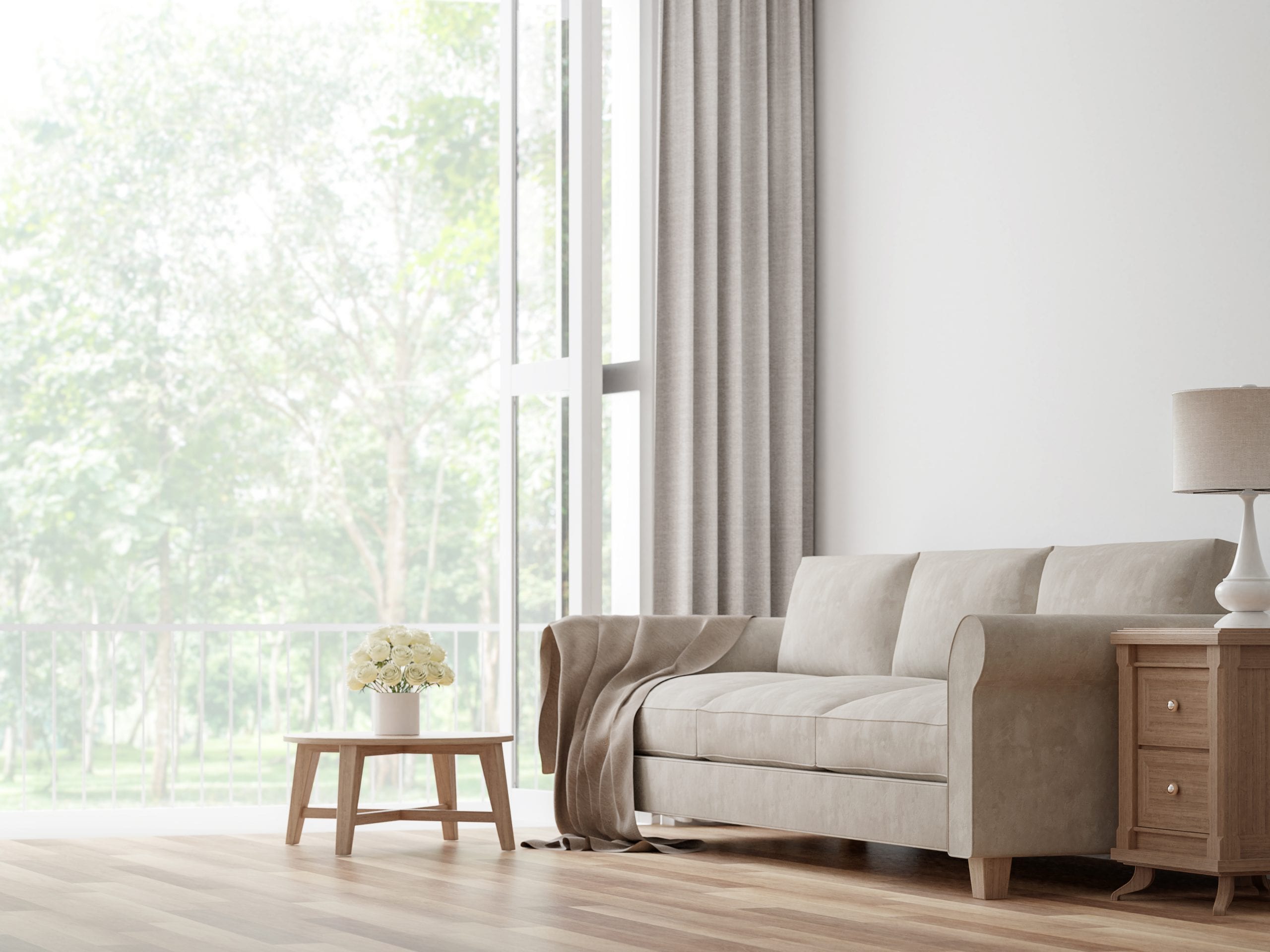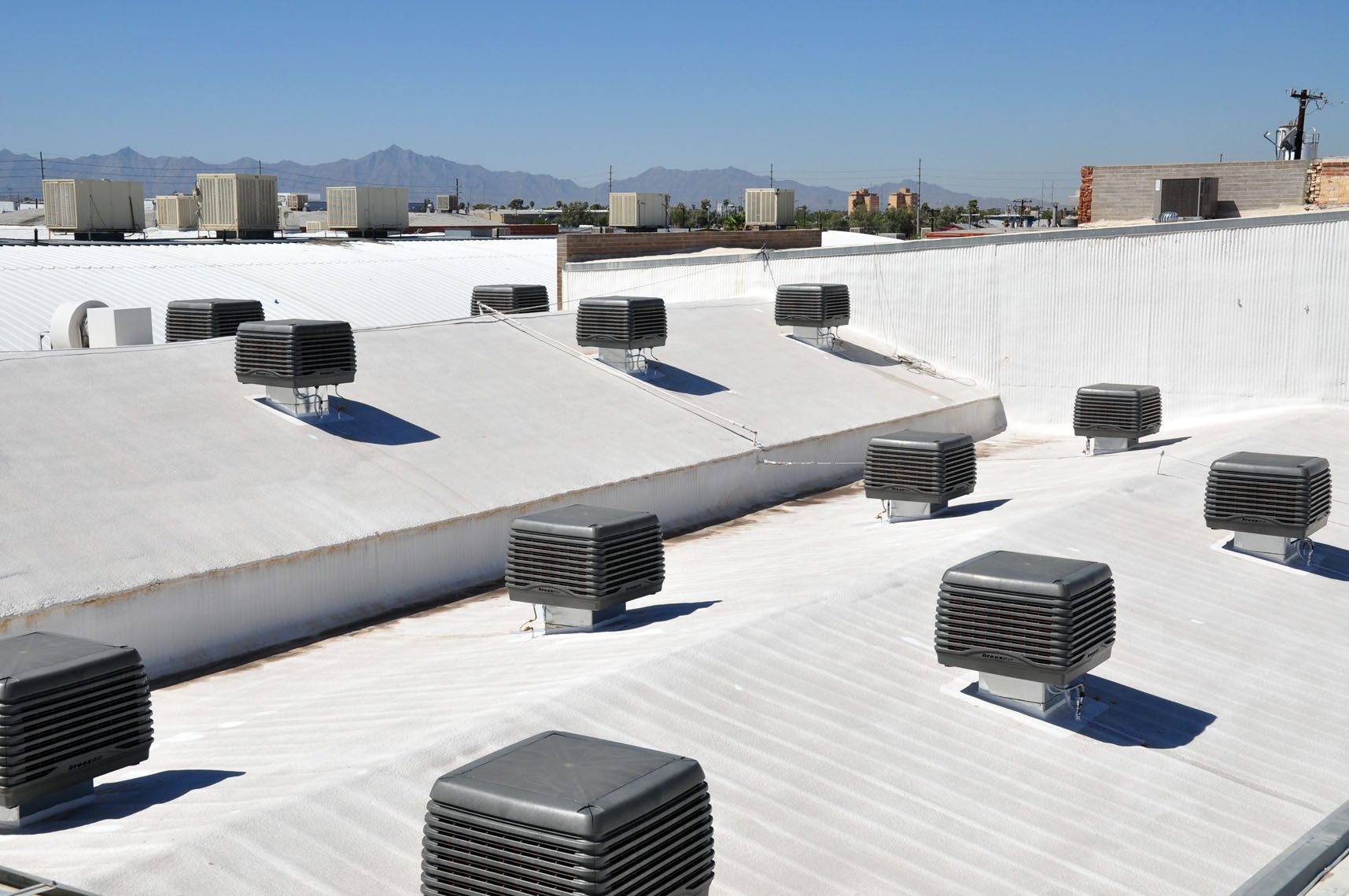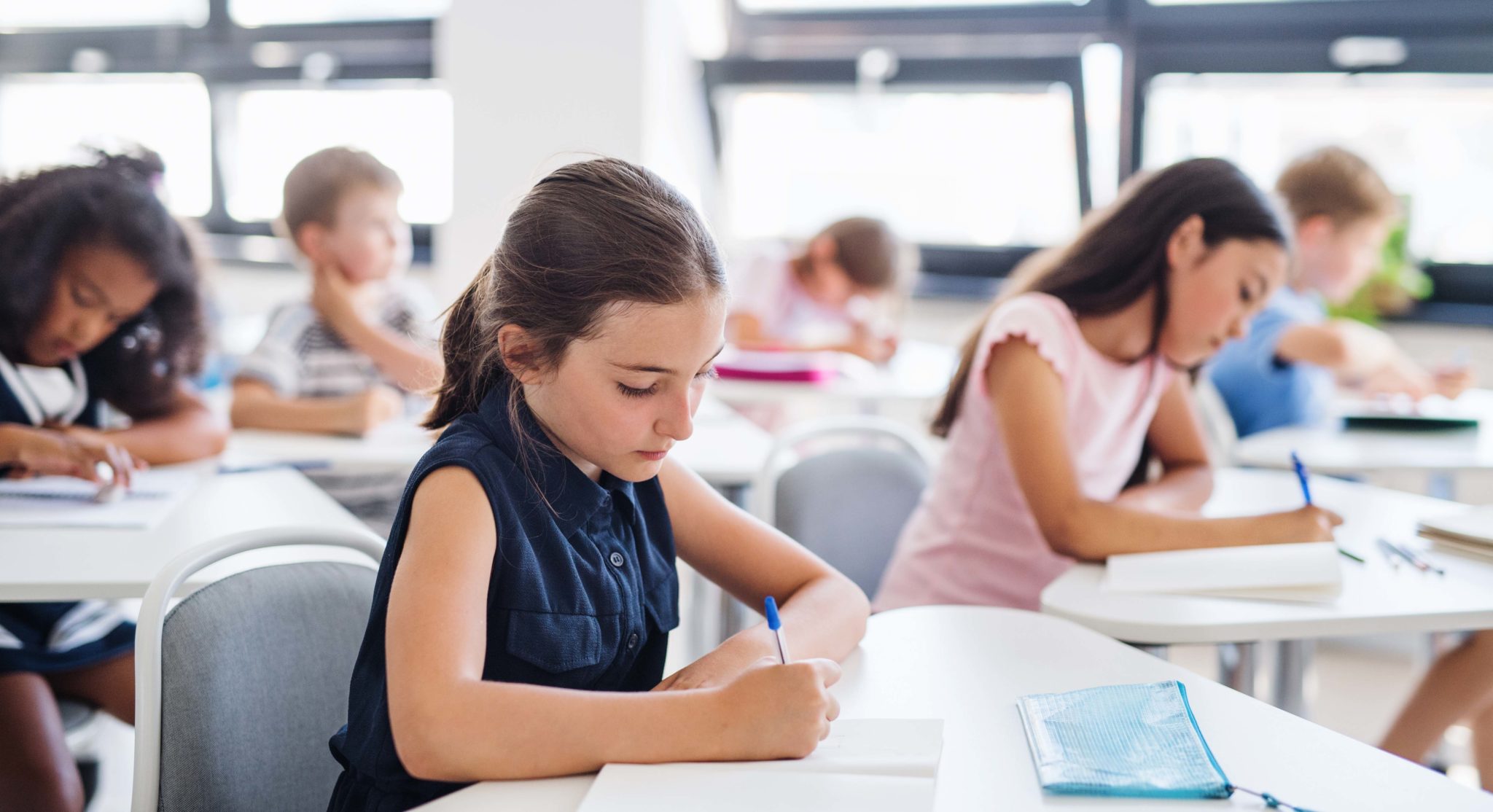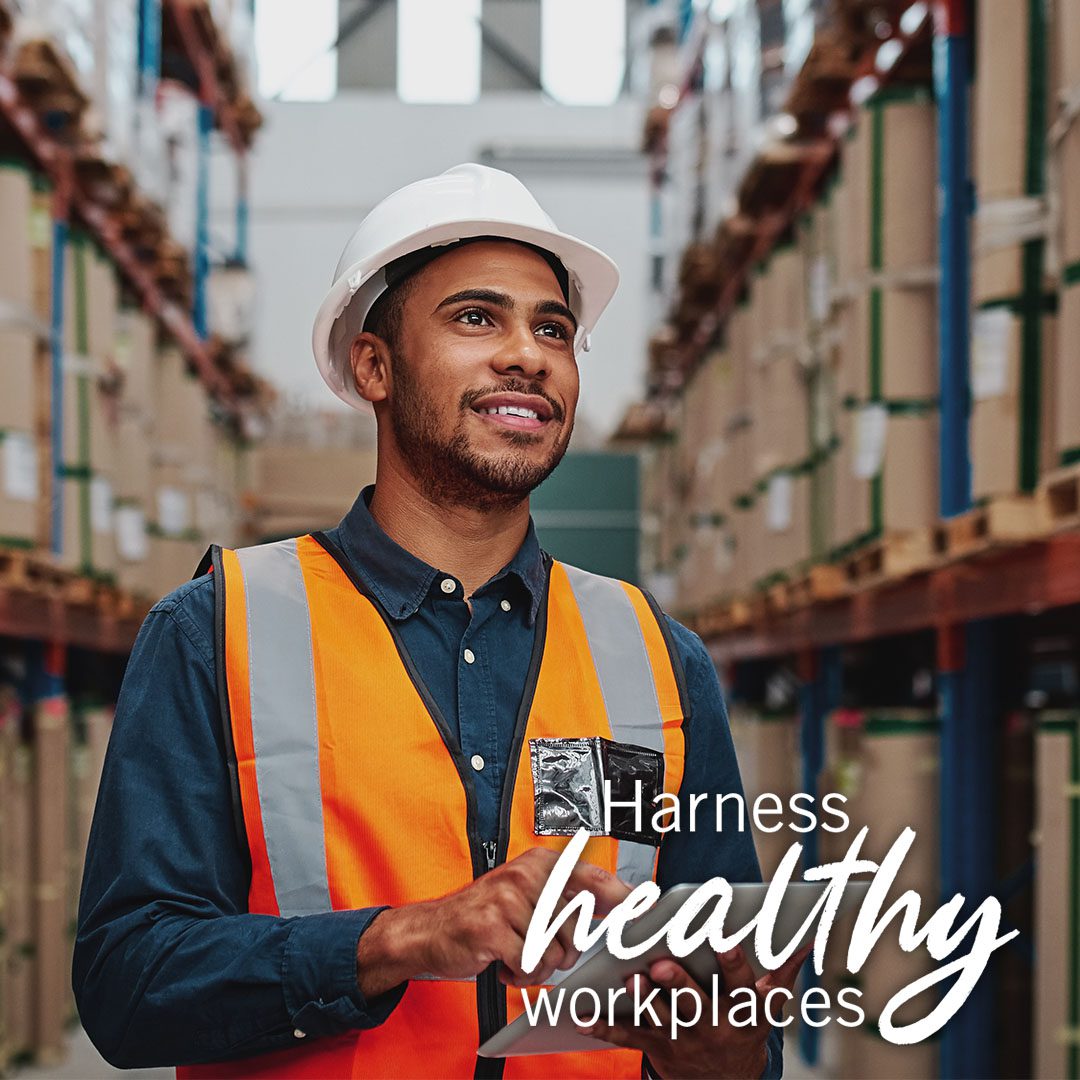Why indoor air quality has become top of mind for households
Outside air ventilation is now globally acknowledged as a core component of healthy and comfortable buildings. Particularly in the context of COVID-19, it is understandable that there is unprecedented demand from households for fresh, cool air which can be delivered through evaporative cooling.
As consumers seek healthy and efficient air conditioning solutions, they are likely to ask the key question of how they can deliver fresh, cool, outside air as efficiently as possible.
How evaporative cooling introduces outdoor air inside your home
It might seem logical to those working in the heating, ventilation, and air conditioning industry (HVAC), but the US Environmental Protection Agency (US EPA) recently confirmed that increasing ventilation by bringing in fresh, outside air should be the focus of any plan to achieve a healthy indoor environment.
As a rule of thumb, the US EPA says the greater the number of people indoors, the greater the need for ventilation with outdoor air. (1)

The World Health Organization (WHO) recommends precautions which include the avoidance of enclosed spaces with poor ventilation and to ensure good environmental ventilation in all closed settings (2).
The American Society for Heating, Refrigeration and Air-Conditioning Engineers (ASHRAE) is clear in its recommendation of the importance to increase in outdoor air ventilation of buildings (3).
Leading academics have also highlighted the critical role of indoor air quality and ventilation. Shelly Miller, Professor Mechanical Engineering, University of Colorado Boulder has expressed that “The safest indoor space is one that constantly has lots of outside air replacing the stale inside air … the more fresh, outside air inside a building, the better.” (4)

Experts agree that the HVAC industry has a critical role in the health of our buildings.
The most effective way of lowering the levels of indoor air pollutants and contaminants is to increase the amount of outdoor air coming inside. The most relevant example of this is COVID-19 and its ability to transmit through small, airborne particles.
There is no surprise that companies like Seeley International are seeing a rise of interest in evaporative cooling technologies. With the world getting warmer and demand for healthy buildings growing stronger, the market for delivering cooled outside air as efficiently as possible will continue to grow.
Ventilation + Filtration = Indoor Air Quality
The Western Cooling Efficiency Center (WCEC) at the UC Davis Energy and Efficiency Institute (5) have released two videos covering ventilation and filtration in schools. Both are excellent resources that illustrate how ventilation and filtration work simultaneously to reduce indoor air pollutants like volatile organic compounds, respiratory aerosols and concentrated levels of CO2.
How evaporative cooling can help with ventilation
Seeley International is a global leader in evaporative cooling technology with US offices in Denver, Colorado and Phoenix, Arizona.
The Company’s Founder and Executive Chairman, Frank Seeley, understands that homeowners want to protect their families through the health benefits of fresh air, but without sacrificing energy efficiency and comfort. For this reason, many consumers are switching from refrigerated or direct expansion cooling to evaporative cooling.
Seeley International’s evaporative cooling technology provides a complete change of air every two minutes (6). The evaporative process relies on air flow, with cool air entering through ducts and then exiting dedicated vents. The cool air provided through an evaporative system is not stale or recycled, but 100% fresh. It is the most efficient way to deliver cooled, outside air.
The challenge for many Americans, particularly with ever-changing weather is to maintain a comfortable indoor climate without compromising fresh, outside air.
Evaporative cooling remains one of the most beneficial forms of climate control. The ability of evaporative air conditioning to supply 100% fresh, cool, outside air makes it the cooling option of choice for people that want to enjoy healthy indoor air quality even on the hottest days.
When it comes to healthy living in your home, everyone deserves the best – and evaporative air conditioning will let you breathe a well-deserved sigh of relief.
With heating and cooling costs accounting for about 50% of a home’s energy use (7), the good news is that market leading evaporative cooling solutions can offer comparable comfort to direct expansion cooling, with superior energy efficiency, saving households up to 80% on the running costs when compared to a refrigerated air conditioners (8).
Evaporative cooling remains one of the oldest and most beneficial forms of climate control. The ability of evaporative air conditioning to supply 100% fresh, cool, outside air is a growing choice for cooling homes.
The use of evaporative cooling as a climate control solution has been documented as early as the 2nd Century AD and the Chinese Han dynasty.
In the Middle East where the climate is hot and dry, evaporative cooling was used as far back as 1350AD. In one example, in Cairo Egypt, a building was purposely situated, to catch the wind and let it flow down the building and across a fountain which increased the relative humidity and lowered the temperature of the air. The cooled air then made its way back through wooden grills into the building to improve living conditions. Wealthy Romans were also known to keep their homes cooler with water circulated from the aqueducts through pipes in the walls.
In medieval Persia (now Iran), the first evaporative cooling towers were built to trap wind and funnel it past water at the base of the tower and into a building.
The fact that evaporative cooling is the earliest documented form of climate control highlights its credentials as a natural and efficient method to provide indoor comfort.
Evaporative cooling today
In the 21st Century, we are still using evaporative air conditioning, but the contemporary versions use electric motors, fans and pumps that are energy efficient and with clever electronic controls. While today’s systems are much more sophisticated, they still operate on their ancient principles of natural (rather than artificial) refrigeration and cooling efficiency.
Evaporative cooling units built with fresh air delivery in mind
Early models of evaporative air conditioning units were made of metal and tended to corrode. That’s no longer the case. It was the Australian evaporative cooling luminary, Mr. Frank Seeley who first introduced a plastic system in 1972, to overcome issues with unit weight, but also ending problems with corrosion. For example, Seeley International’s Breezair unit uses a UV stabilized structural polymer material which won’t rust or corrode.
This persistent and innovative approach focused on using robust materials which could withstand the harshest climate on earth to deliver good ventilation and fresh air delivery into homes. This put Seeley International on the global map.
Inverter drive evaporative cooler supports fresh air delivery
One of the benefits of evaporative cooling versus direct expansion is that the only power-consuming components are the fan and a small water pump.
Seeley International’s breakthroughs and innovations hold 12 world firsts, including the first inverter drive evaporative cooler which makes it possible to manage power consumption and eliminates the wasteful and costly stop-start-stop sequence of old-fashioned cooling systems.
This high-end technology means a very low level of energy consumption – there is no additional energy cost for providing your home with lots of fresh, cooled, outside air.
Pumps for effective evaporative cooling
Having an effective, reliable and energy-efficient pump is essential to a cooling unit’s capability to deliver outside air efficiently, especially in extreme conditions. Today, the pumps in the contemporary, market-leading evaporative air conditioners from Seeley International are highly efficient.
Evaporative technology continues to be a natural choice for ventilation and air quality
History has seen an impressive array of developments in air conditioning, many of them originating in Australia, and at Seeley International. Seeley’s determination is to continue leading the world in healthy, sustainable, fresh air delivery and efficient cooling and to service the growing global demand for evaporative cooling as the exemplary technology in these areas.
References:
- United States Environmental Protection Agency (EPA): Improving Indoor Air Quality.
- World Health Organization: Transmission of SARS-CoV-2: implications for infection prevention precautions.
- ASHRAE Journal, May 2020: Guidance for Building Operations During the COVID-19 Pandemic.
- The Conversation: How to use ventilation and air filtration to prevent the spread of coronavirus indoors.
- The Western Cooling Efficiency Center (WCEC).
- Based on published research articles, NATA Laboratory test results and publicly sourced data
- U.S. Energy Information Administration: Use of energy explained, Energy use in homes.
- Seeley International’s calculation based on approximate running cost figures from publicly sourced data. Comparison with 1.5 star not zoned ducted refrigerative system in a large size (220m2 ) 2-star pre 2005 house in a Melbourne climate, cooling all day on the weekend and in the mornings and evenings when internal temperatures are high, and an electricity tariff of 31.9c/kWh. Negligible water cost excluded

